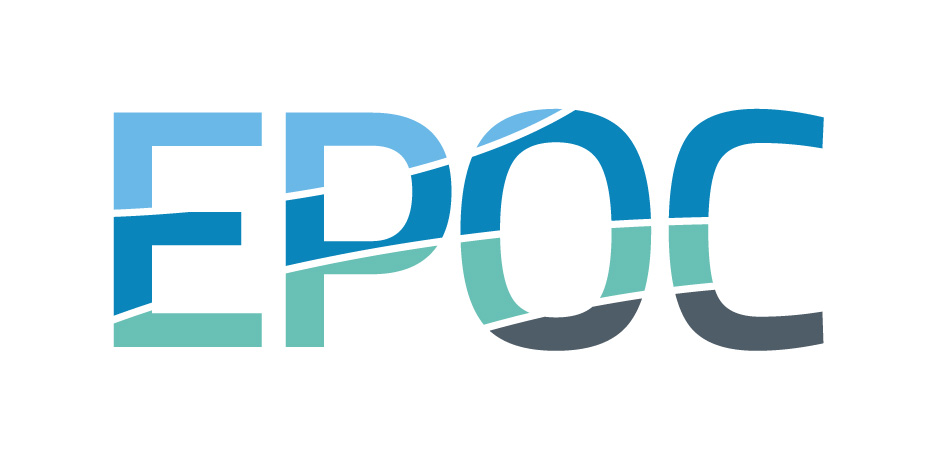
|
UMR CNRS 5805 EPOC
Environnements et Paléoenvironnements Océaniques et Continentaux |
English Version |
| AccueilEvénementsRecrutementsAccèsLiensPlan du Site | |
| > Evénements > Informations | |
|
Consignes de Sécurité et Numéros d'Urgence
(à l'usage des personnels du laboratoire) |
Séminaire Radium isotopes as indicators of submarine groundwater discharge to coastal waters Date le 06-10-2009 à 10:45
Résumé In recent decades, submarine groundwater discharge (SGD) has gained increasing attention as a major component in the global budgets of many chemical constituents, and as a source of essential nutrients and trace metals to coastal ecosystems. Ultimately, these inputs may affect biogeochemical cycles in sensitive coastal environments and influence ecological effects, such as eutrophication.The SGD fluxes usually present high spatial and temporal variability, a characteristic which has historically hindered their assessment. Radium isotopes have been proven to be very useful to estimate submarine groundwater discharge fluxes. The method is based on the four naturallyoccurring Ra isotopes (223Ra, 224Ra, 226Ra and 228Ra), the so-called âradium quartetâ, which are enriched in SGD and behave conservatively once introduced to coastal regions. These isotopes have been used singly or in concert to elucidate different characteristics of the SGD phenomenon. Their range of half-lives (226Ra: 1600 yr; 228Ra: 5.75 yr; 223Ra: 11.4 d and 224Ra: 3.66 d) allows the examination of processes that occur during mixing and transport. This method will be introduced and illustrated through examples of recent investigations in two coastal systems in New York (USA) that have been heavily impacted by human activities. |
|
UMR CNRS 5805 EPOC - OASU - Université de Bordeaux Allée Geoffroy Saint-Hilaire - CS 50023 - 33615 PESSAC CEDEX - FRANCE | Dernière mise à jour : 18 Décembre 2023 | Contacts | Mentions Légales | © 2006-2024 EPOC | |